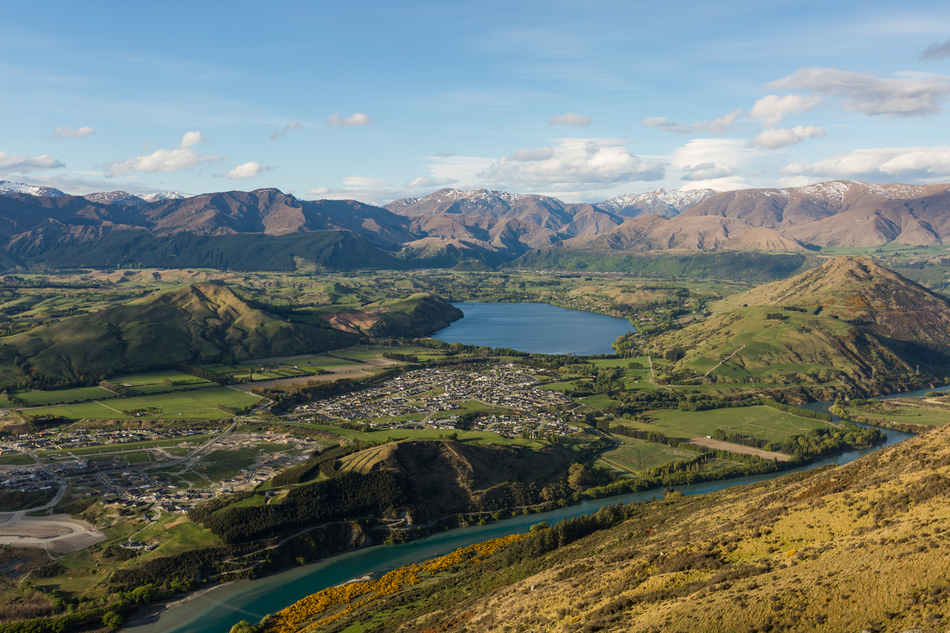The last few years have seen a shift at the national level to a significantly more precautionary planning approach taken to water quality through the National Policy Statement for Freshwater and the associated regulations in 2020.
The implications of these documents are still filtering through (no pun intended) to regional and district planning instruments, however one recent example of this approach in action can be seen in the Lake Hayes catchment, Te Wai Whakaata, in the Wakatipu Basin. Lake Hayes is one of the region’s most photographed lakes (which is saying something in a district full of beautiful lakes!) but has suffered over time from a build-up of nutrients as a result of a range of activities, for example historical fertiliser application, septic tank effluent and the removal of riparian plantings as a result of agricultural practices.
Following the staged review of the Queenstown Lakes District Plan, Lake Hayes and its catchment are now located within the Wakatipu Basin Rural Amenity Zone (Chapter 24) of the Proposed District Plan. Following mediation of appeals, the chapter now includes the following catchment-specific Policy 24.2.4.2:
“Restrict subdivision, development and use of land in the Lake Hayes catchment, unless it can contribute to water quality improvement in the catchment commensurate with the nature, scale and location of the proposal.”
This policy is supported by matters of control / discretion and assessment matters that apply to both land uses (such as new buildings) and subdivision in the catchment and need to be addressed through a resource consent application. The key methods by which an application can demonstrate that it will contribute to water quality include:
- Upgrades to existing stormwater or wastewater disposal, including by connecting to reticulated systems (where these are available) or the implementation of low impact design techniques;
- Improvements to waterways where these are located onsite, including through stabilising margins to reduce sediment input, and riparian planting; and
- Changes to land use, where these will result in a reduction of nutrients into the catchment.
Where the nature of the site or proposal does not provide for one of the above methods to be undertaken on the site, the assessment matters do enable applicants to offer a voluntary financial contribution to water quality improvement works off site within the catchment. There are organisations undertaking great work in this area, such as charitable trust Mana Tāhuna (manatahuna.co.nz), that is willing to accept contributions towards their programme of works in the catchment.
If you are looking at development in the Wakatipu Basin and are wanting to know if Policy 24.2.4.2 affects you, or if you are located anywhere in the country and want to better understand the implications of the Government direction on water quality, please feel free to get in touch with one of our planners to discuss.
